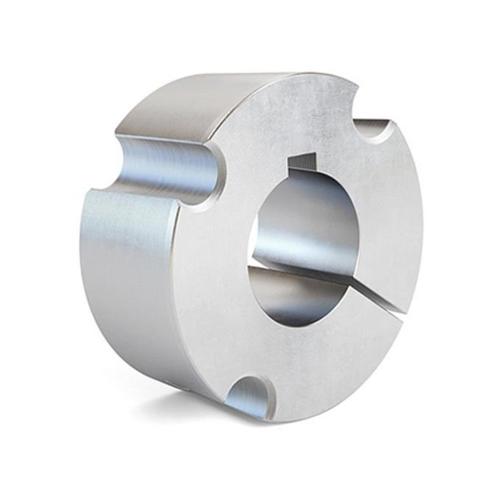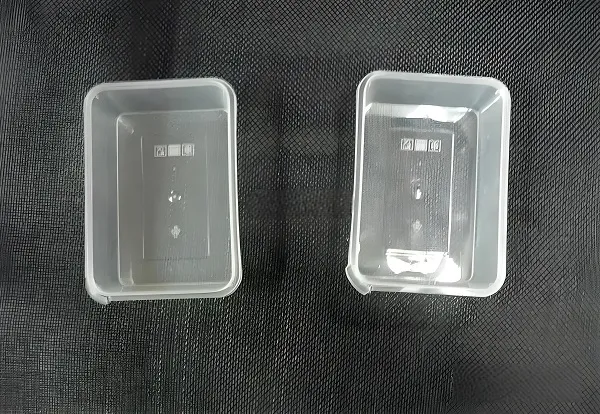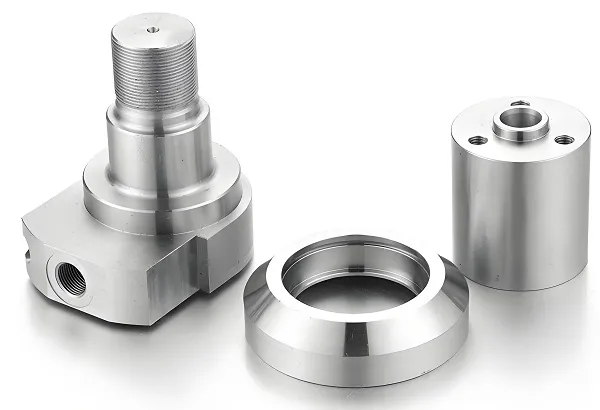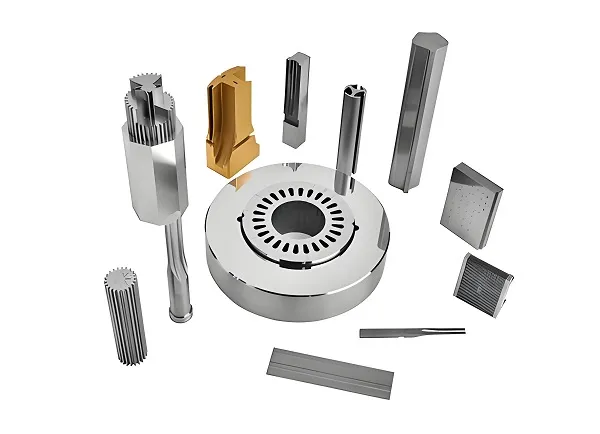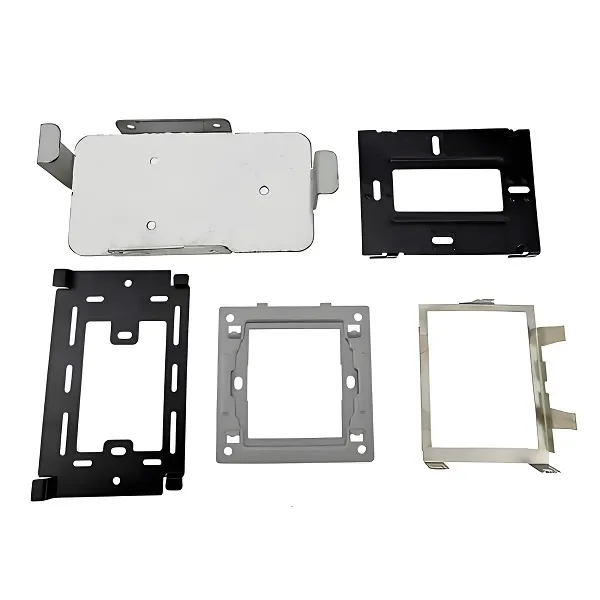Custom bushings serve as critical components in mechanical systems, reducing friction between moving parts while accommodating misalignment and absorbing vibration. Leading custom bushing manufacturers combine material science, precision manufacturing, and application-specific engineering to deliver components tailored to diverse industrial needs. This article explores the core competencies of these manufacturers, highlighting technical processes, quality standards, and industry applications.
1. Material Selection and Performance Characteristics
Custom bushing manufacturers offer a diverse range of materials, each engineered for specific operating conditions:
Metallic bushings dominate high-load applications:
- Bronze (C93200): Exhibits 60-90 HB hardness and 200 MPa tensile strength, suitable for 80% of industrial machinery applications. Operating temperature range -20°C to 200°C with lubrication.
- Steel-backed with PTFE lining: Combines 400 MPa steel strength with 0.04 friction coefficient of PTFE, used in automotive suspension systems (15,000+ hour service life).
- Stainless steel (316): Provides corrosion resistance exceeding 5000 hours in salt spray testing (ASTM B117), ideal for marine and food processing equipment.
Non-metallic options excel in low-maintenance scenarios:
- PEEK (polyetheretherketone): Operates at temperatures up to 260°C with minimal creep, used in aerospace hydraulic systems.
- Nylon 6/6: Offers 80 MPa tensile strength and self-lubricating properties, suitable for light-duty applications with 5,000+ cycle life.
- Composite materials (fiberglass-reinforced polymers): Achieve 30% weight reduction vs. metal while maintaining 150 MPa compressive strength.
Material selection is guided by load capacity (1-500 MPa), operating temperature (-50°C to 300°C), and environmental exposure, with 90% of manufacturers providing material compatibility testing.
2. Precision Manufacturing Processes
Advanced production techniques ensure bushing dimensional accuracy and performance consistency:
CNC turning centers produce cylindrical bushings with outer diameter tolerances of ±0.01 mm and surface finishes as low as Ra 0.8 μm. High-speed spindles (8,000-12,000 RPM) reduce cycle times by 40% compared to conventional lathes for high-volume orders.
Sintering processes create porous bronze bushings with 20-30% porosity, enabling oil impregnation that delivers 10,000+ hours of maintenance-free operation. Powder metallurgy achieves dimensional tolerances of ±0.03 mm for complex shapes.
Injection molding for plastic bushings maintains wall thickness consistency within ±0.05 mm, with production rates exceeding 10,000 pieces per hour for standard designs. Insert molding integrates metal reinforcement sleeves with plastic matrices, improving structural integrity by 60%.
Honning and lapping operations refine internal diameters to achieve roundness within 0.002 mm, critical for hydraulic cylinder bushings where leakage prevention is essential.
3. Custom Design Capabilities
Manufacturers offer extensive customization to meet unique application requirements:
Dimensional customization covers:
- Inner diameter: 3 mm to 500 mm (standard), with larger sizes available via special tooling
- Outer diameter: 5 mm to 600 mm, with wall thickness ratios (ID/OD) from 0.5 to 0.9
- Length: 2 mm to 1000 mm, with straight or flanged configurations
Specialized features include:
- Oil grooves (helical, axial, or diamond patterns) to improve lubricant distribution, reducing friction by 30%
- Chamfers and radii (0.5-2 mm) to prevent seal damage during installation
- Keyways and slots for anti-rotation, with positional accuracy of ±0.1 mm
- Tapered inner diameters for misalignment accommodation (up to 3° angular deviation)
Design engineers utilize FEA (Finite Element Analysis) to optimize bushing geometry, with 75% of custom projects requiring 1-2 design iterations to meet performance targets.
4. Quality Control and Testing Protocols
Rigorous quality assurance ensures bushing reliability:
Dimensional inspection includes:
- CMM (Coordinate Measuring Machine) checks for critical dimensions, with 100% inspection for aerospace-grade bushings
- Optical comparators for profile verification, achieving ±0.005 mm measurement accuracy
- Hardness testing (Rockwell, Brinell) at 5-point intervals for metallic materials
Performance testing protocols:
- Friction coefficient measurement (ASTM D3702) to verify 0.04-0.15 range for lubricated bushings
- Load testing to 120% of rated capacity for 100 cycles to detect deformation
- Temperature cycling (-50°C to 200°C) for 500 cycles to validate material stability
- Salt spray testing (ASTM B117) for corrosion resistance qualification
Quality management systems comply with ISO 9001:2015, with IATF 16949 certification for automotive suppliers—requiring ppm (parts per million) defect rates below 100.
5. Industry-Specific Solutions
Custom bushing manufacturers provide tailored solutions for key sectors:
Automotive industry: Produces suspension bushings with 50 Shore A durometer rubber inserts, achieving 150,000 km service life. Transmission bushings utilize bronze with graphite plugs for maintenance-free operation.
Industrial machinery: Supplies press-fit bushings for gearboxes with H7/k6 interference fits, ensuring 99.9% press-in success rate. Conveyor system bushings feature self-lubricating PTFE linings to reduce downtime.
Aerospace: Manufactures titanium bushings for aircraft landing gear with 1,000 MPa compressive strength and -55°C to 120°C operating range, meeting AS9100 standards with 100% traceability.
Renewable energy: Provides corrosion-resistant 316 stainless steel bushings for wind turbine yaw systems, designed to withstand 20-year outdoor exposure with minimal maintenance.
Medical equipment: Produces non-magnetic, biocompatible bushings (ISO 10993 compliant) for MRI machines and surgical robots, with surface finishes ≤Ra 0.4 μm.
6. Production Capacity and Lead Times
Manufacturers scale production to meet diverse volume requirements:
- Prototyping: 1-10 pieces available in 3-5 business days using CNC machining
- Small batch: 10-500 pieces delivered in 7-10 days
- Medium production: 500-10,000 pieces with 10-15 day lead times
- Large production: 10,000+ pieces requiring 15-30 days, with dedicated production cells
Minimum order quantities (MOQs) range from 1 piece for prototypes to 500 pieces for injection-molded plastic bushings. JIT (Just-In-Time) delivery programs are available for high-volume customers, with 98% on-time delivery rates.
Global manufacturers maintain multiple production facilities, enabling regional delivery within 2-5 days for standard products.
7. Cost Factors and Value Engineering
Pricing is influenced by several key variables:
Material costs account for 30-60% of total price:
- Bronze bushings: (1.50-)15 per unit (depending on size)
- Steel-backed PTFE: (3-)25 per unit
- PEEK bushings: (8-)50 per unit
- Large diameter (300+ mm) custom bushings: (50-)500+ per unit
Design complexity adds 10-30% to base costs for features like:
- Irregular outer diameters
- Tapered or stepped configurations
Volume discounts typically apply:
- 100-500 pieces: 5-10% reduction
- 500-10,000 pieces: 10-20% reduction
- 10,000+ pieces: 20-35% reduction
Value engineering services reduce costs by 15-20% through material substitution or design optimization without sacrificing performance.
Frequently Asked Questions
Q: What tolerance levels can custom bushings achieve?
A: Standard tolerances are ±0.01 mm for inner/outer diameters, with precision grades available to ±0.005 mm for critical applications. Surface roundness typically maintains 0.002 mm for rotating applications.
Q: How do I determine the right material for my bushing application?
A: Key factors include load (static/dynamic), operating temperature, lubrication availability, and environmental exposure (moisture, chemicals). Manufacturers provide material selection guides based on these parameters.
Q: Can bushings be designed for misalignment compensation?
A: Yes, specially designed bushings with tapered bores or flexible materials can accommodate angular misalignment up to 5° and parallel misalignment up to 0.5 mm, reducing stress on adjacent components.
If you’re seeking custom bushings tailored to your specific application requirements, our team combines material expertise with precision manufacturing capabilities to deliver components that optimize performance and reduce maintenance costs. Whether you need high-load metallic bushings for industrial machinery or corrosion-resistant options for marine environments, we can develop solutions based on your drawings or performance specifications. Contact us to discuss your project—our engineers will provide material recommendations, design optimization, and production timelines to meet your needs.
